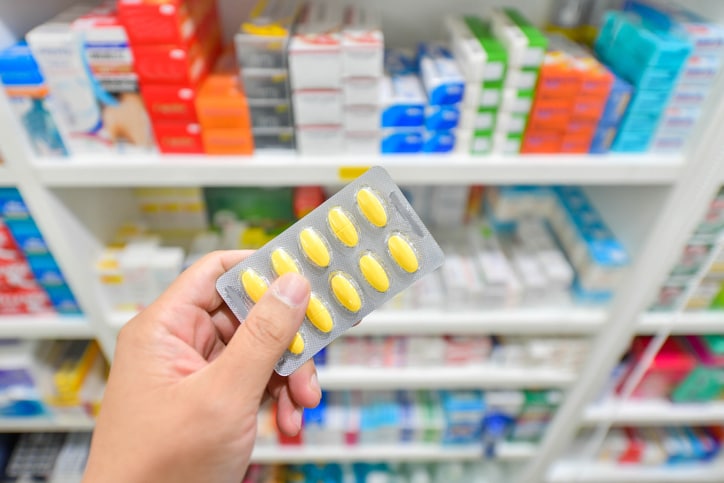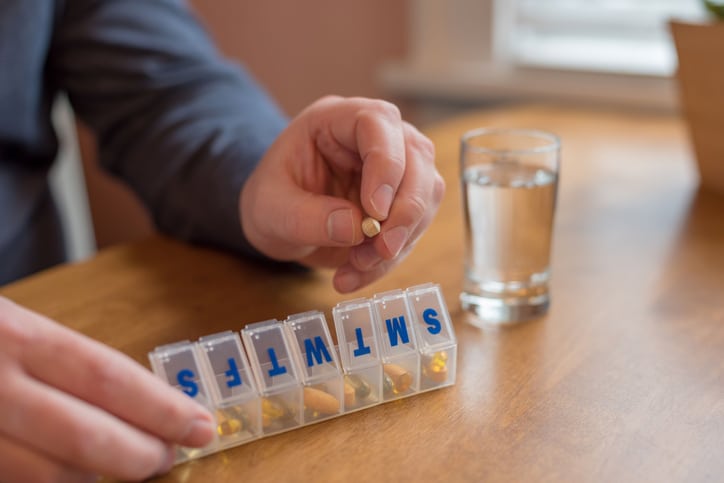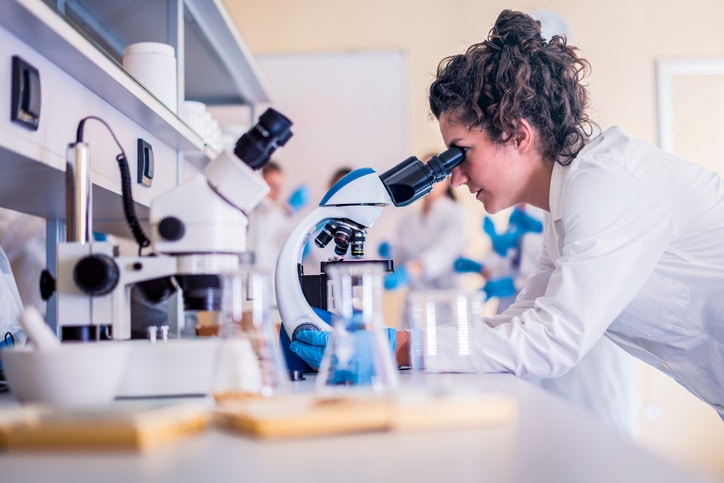Counterfeit medications are a major problem for those working in drug safety. These professionals play a vital role in ensuring that the pharmaceutical products consumers use are safe, reliable, and effective. Counterfeit drugs can undermine the trust the public has in this system.
The opioid crisis is compounding issues associated with counterfeit drugs. There is an increasing infiltration of the market by counterfeit prescription painkillers containing the opiate fentanyl. Counterfeit oxycodone tablets were found to contain fentanyl 89% of the time. This substance is several times more potent than oxycodone and can increase consumers’ risk of accidental overdose.
Fentanyl is just one of the problems associated with counterfeit medications. Read on to find out more about these illegal substances, and how they’re relevant to professionals in drug safety and pharmacovigilance.
The Dangers of Counterfeit Medications
Counterfeit medications are drugs that are not approved by Health Canada for human consumption. They bypass the rigorous quality control and safety processes that pharmaceutical products typically go through. Because of this, they can be extremely dangerous. It is not verified what ingredients are within the medications, so they could have:
- Too much of the correct ingredients
- Not enough of the correct ingredients
- No correct ingredients
- Toxic chemicals
- Other prescription substances
- Other non-prescription substances
The central issue is that these counterfeit medications are designed to look like brand name or generic prescription drugs. Prescription drugs are the third most common substance misused by Canadian youth, which establishes the availability of counterfeit drugs as a grave issue.
How Counterfeit Medications Fall into Consumers’ Hands
When purchasing medications from a licensed pharmacy, the risk of encountering a counterfeit medication is extremely low. The problem arises when drugs are purchased from alternative sources.

It’s very unlikely to find counterfeit medications in a licensed in-person pharmacy
Purchasing medications from:
- Friends and acquaintances
- Non-licensed individual sellers
- Inappropriately licensed online sources
Can all lead to the accidental purchase of counterfeit medication. Most of the counterfeit drugs available on the market are sourced from illegal and unregulated internet pharmacies, which in turn source their medications primarily from China, India, and Singapore. This black market creates a problem for those in the industry who are committed to drug safety.
How Drug Safety Experts Can Advise Others to Be Aware of Counterfeit Medications
Though counterfeit medications are designed to resemble official, regulated drugs, they are often inexact. To remain vigilant against counterfeits, consumers are advised to only purchase their medications from licensed, brick and mortar pharmacies. To add an extra layer of safety, consumers should be mindful if their medications seem different than usual.
All medication should be examined thoroughly, and a pharmacist should be spoken to if:
- It has a different shape than usual
- It has a different colour or shade than usual
- It is of a different size
- It tastes different than usual
- It crumbles apart easily

Consumers should examine their medications for any unexplained changes in look or taste
Individuals who go through drug safety training know about the rigorous pharmacovigilance protocols required for regulated substances, and understand the dangers presented by medications that bypass these operations. They can advise others to take the above precautions to ensure their medications are legitimate.
How Regulatory Bodies Stand Against Counterfeit Medications
Regulatory bodies in Canada act to limit the production and sale of counterfeit medications in a variety of ways. The main route they take is through the Canadian Policy on Counterfeit Health Products. This is an administrative document that intends to foster compliance with the Food and Drugs Act, by managing the availability of counterfeit medications.

Regulatory agencies work to stop the infiltration of counterfeit medications into the supply chain
This policy works to identify any potential vulnerabilities in the regulated supply chain where counterfeit products could infiltrate. This policy grants the authority to take necessary enforcement measures against the manufacturing, importing, and sale of counterfeits to the Inspectorate Anti-Counterfeit Policy. Counterfeits in this legal context include both:
- Products attempting to replicate genuine brands, as well as
- Products falsifying information to imply they’re authorized for sale
The responsibility of stopping the harm caused by counterfeit drugs lies not only with this inspectorate, but is shared with other institutions including government bodies, regulators, healthcare professionals, and the RCMP.
Do you want to start working towards a drug safety and pharmacovigilance certificate?
Contact the Academy of Applied Pharmaceutical Sciences for more information!




